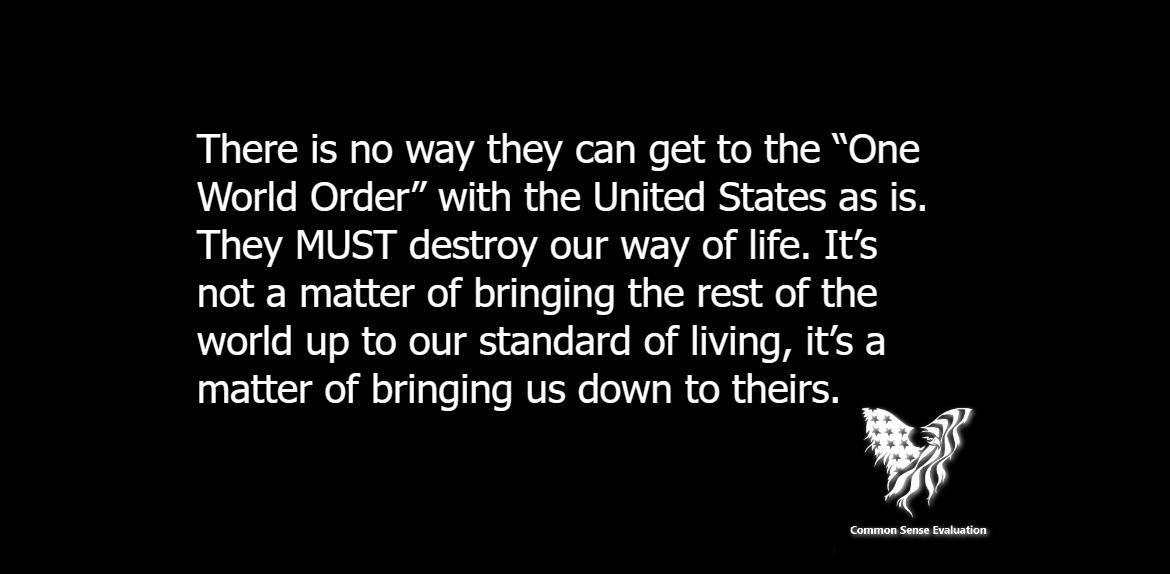There is no way they can get to the “One World Order” with the United States as is. They MUST destroy our way of life. It’s not a matter of bringing the rest of the world up to our standard of living, it’s a matter of bringing us down to theirs.
Our Troops
Project Artichoke: The CIA’s Quest to Create a Mind-Controlled Assassin
Imagine if you could be hypnotized or drugged into doing something against your will, even something that goes against your basic instincts of survival. Imagine if someone could manipulate your mind and make you forget what you did or why you did it. Imagine if you could become a weapon in the hands of a secret agency without your knowledge or consent.
This may sound like a plot from a science fiction movie, but it was actually the goal of a real project conducted by the Central Intelligence Agency (CIA) in the early 1950s. The project was called Artichoke, and it was one of the most controversial and secretive experiments in the history of the CIA.
What was Project Artichoke?
Project Artichoke was a mind control program that aimed to research methods of interrogation and influence. It was initially known as Project Bluebird, and it officially began on August 20, 1951. It was operated by the CIA’s Office of Scientific Intelligence in collaboration with the intelligence divisions of the Army, Navy, Air Force, and FBI.
The primary question that Project Artichoke tried to answer was: “Can we get control of an individual to the point where he will do our bidding against his will and even against fundamental laws of nature, such as self-preservation?” To find out, the project used various techniques, such as hypnosis, drugs, isolation, electroshock, and psychological harassment, to induce states of vulnerability, amnesia, and compliance in human subjects.
One of the most notorious objectives of Project Artichoke was to determine whether a person could be involuntarily made to perform an act of attempted assassination. A CIA document states that if hypnosis succeeded, assassins could be created to kill “a prominent [redacted] politician or, if necessary, [an] American official.”
Project Artichoke also studied the effects of different substances, such as cocaine, heroin, peyote, mescaline, and LSD, on the human mind and body. LSD was especially seen as a promising drug, as it could induce hallucinations, paranoia, and confusion. One record states that an agent was kept on LSD for 77 days.
Project Artichoke also researched the potential of biological weapons such as dengue fever and other diseases. A declassified memo read: “Not all viruses have to be lethal. The objective includes those that act as short-term and long-term incapacitating agents.”
How was Project Artichoke conducted?
Project Artichoke was carried out both in-house and overseas, in locations such as Europe, Japan, Southeast Asia, and the Philippines. The project involved teams of agents, doctors, scientists, and psychologists, who were instructed to “conduct at the overseas bases operational experiments utilizing aliens as subjects.” The term “aliens” referred to foreign nationals, such as defectors, refugees, prisoners of war, and others, who were considered expendable and easy to manipulate.
The project also used American citizens as subjects, often without their consent or awareness. Some subjects were CIA agents themselves, who were given LSD or other drugs to test their reactions and loyalty. Some subjects were mental patients, prisoners, or military personnel, who were subjected to harsh and unethical treatments. Some subjects were unwitting civilians, who were dosed with drugs or hypnotized in public places, such as bars, restaurants, or hotels.
The project was highly secretive and compartmentalized, and the records were regularly destroyed or falsified. The project was overseen by a CIA officer named Paul F. Gaynor, who was a former U.S. Army brigadier general. Gaynor reported directly to the CIA director, and he had the authority to approve or reject any proposal or operation related to Project Artichoke.
What happened to Project Artichoke?
Project Artichoke lasted until 1953, when it was replaced by a more extensive and ambitious mind control program, called Project MKUltra. Project MKUltra continued to explore the same themes and methods as Project Artichoke, but on a larger scale and with more funding and resources. MKUltra was exposed to the public in 1975, by a congressional committee led by Senator Frank Church.
The legacy of Project Artichoke is still shrouded in mystery and controversy. The exact number and identity of the subjects, the results, and outcomes of the experiments, and the ethical and legal implications of the project are still unknown or disputed. Some subjects may have suffered permanent physical or psychological damage, or even died, as a result of the project. Some techniques or technologies developed by the project may have been used or abused by the CIA or other agencies in later years. Some of the secrets or scandals related to the project may have never been revealed or resolved.
Project Artichoke was another dark and disturbing chapter in the history of the CIA and the United States. It showed how far some people were willing to go to achieve their goals, regardless of the moral or human cost. It also raised important questions about the nature and limits of human freedom, dignity, and responsibility. It makes us wonder: How much control do we have over our own minds and actions? And how much control do others have over us?
The Fifth Column Threat
In the world of warfare and covert operations, the term “fifth column” carries an air of intrigue and secret operations. While it might sound like a plot from a spy novel, the reality is that fifth column activities can have profound consequences on the stability of nations and the lives of individuals.
Unearthing the Origins
The roots of the term “fifth column” can be traced back to the Spanish Civil War (1936-1939). General Emilio Mola, a key figure in the Nationalist uprising against the Republican government, coined the phrase. As he advanced on Madrid with four columns of troops, he cryptically mentioned a “fifth column” already operating within the city, actively sabotaging the Republican defenses.
Tactics in the Shadows
Fifth column groups employ a range of tactics to achieve their goals, including:
Sabotage
Disrupting crucial infrastructure like communication networks, transportation systems, or power grids.
Espionage
Gathering intelligence on military plans, government secrets, or industrial capabilities.
Propaganda
Spreading misinformation and propaganda to sow discord, undermine morale, and erode public trust.
Subversive Activities
Inciting riots, promoting civil disobedience, or supporting armed insurgencies.
The Ripple Effect
The impact of fifth column activities is far-reaching and can:
- Weaken National Security: Compromise military capabilities and intelligence-gathering efforts.
- Destabilize the Government: Undermine public confidence in leadership and institutions.
- Hinder Economic Development: Disrupt critical infrastructure, creating an atmosphere of fear and uncertainty.
- Prolong Conflicts: Exacerbate existing tensions and fuel violence.
Safeguarding Sovereignty
Countering the fifth column threat demands a comprehensive strategy, involving:
Intelligence Gathering
Identifying and monitoring potential threats through surveillance, undercover operations, and information sharing.
Counterintelligence
Disrupting fifth column activities through infiltration, deception, and legal action.
Public Awareness
Educating the public about the dangers of fifth column activities and fostering a sense of vigilance.
Strong Leadership
Building trust in government institutions and promoting national unity.
Applying the Lessons Today: Safeguarding Against Internal Threats
In the landscape of today’s challenges, it’s imperative to scrutinize whether fifth column dynamics are at play. The current state of affairs in our country raises red flags, with actions seemingly geared towards undermining stability and eroding the very fabric of our nation.
Economic Collapse
Instances of collapsing the economy and looting the Treasury echo the hallmarks of a potential fifth column agenda. Deliberate mismanagement and financial malfeasance can weaken the economic foundation, leaving the nation vulnerable.
Open Borders
The policy of open borders, while appearing benevolent, can be strategically exploited. A fifth column might leverage uncontrolled migration to create social unrest, strain resources, and compromise national security.
Two-Tiered System of Justice
The existence of a two-tiered system of justice, where political elites enjoy preferential treatment, undermines the very essence of a fair and just society. It erodes public trust and perpetuates a sense of injustice among citizens.
Political Oppression
Using power to punish political opponents is a telltale sign of a fifth column agenda. Suppressing dissent, stifling opposition, and employing legal mechanisms for political persecution can destabilize the democratic foundations of a nation.
Final Thoughts
In the face of these challenges, vigilance, strong leadership, and public awareness become paramount. By recognizing and addressing these tactics, we can fortify our nation against internal threats and ensure the preservation of our sovereignty.
Understanding the methods and motivations of the fifth column is crucial for national security. By taking proactive measures and addressing these specific challenges, we can thwart covert activities and protect the well-being of our country.




